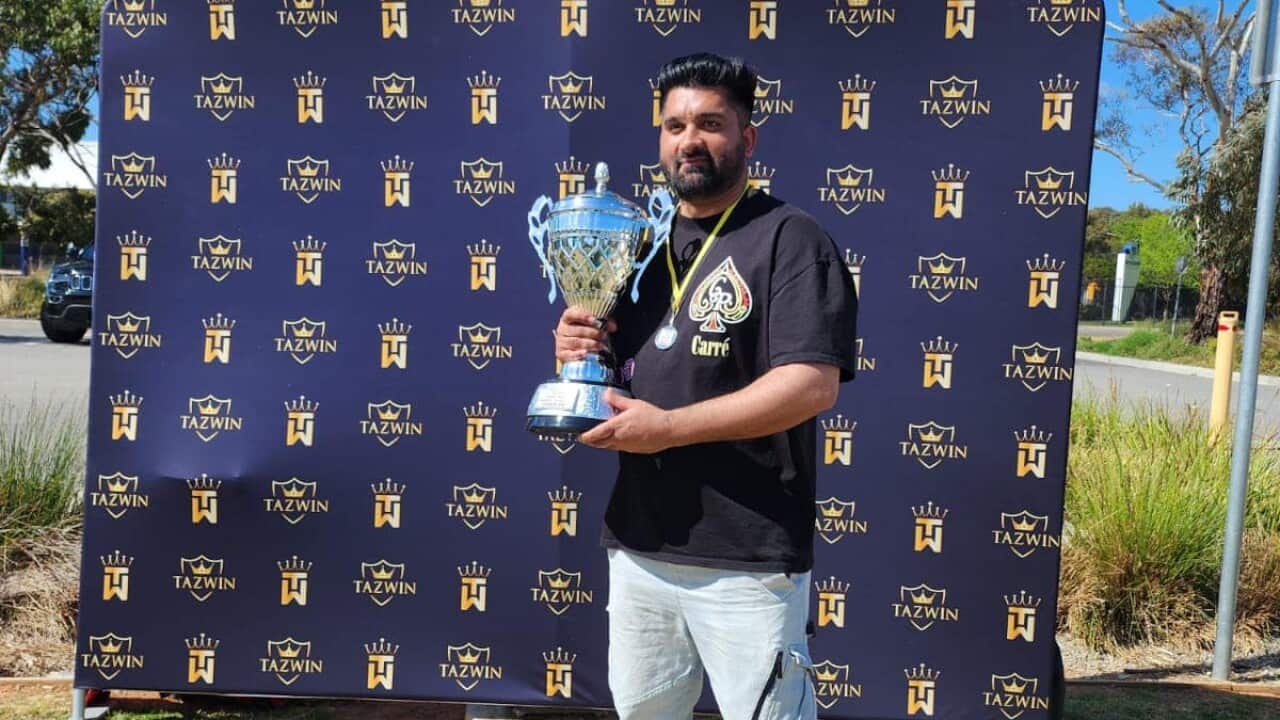Australia has almost 12,000 beaches. Less than five per cent are patrolled by lifeguards or surf lifesavers.
On average only one fatal attack is reported every 12 months, compared to an average of 122 coastal drowning deaths in the same period. Many of these are due to rip currents.
Shane Daw is the General Manager of Coastal Safety at Surf Life Saving Australia. SLSA performed 10,000 rescues last year, many in response to one hidden danger.
Rips are powerful channels of water that move in the opposite direction to the waves, pulling you away from the beach and out to sea.
Rips can be deadly, so if you get caught in one SLSA has the following advice:
Stay calm and conserve your energy.
Raise your arm and call out for help.
Float with the current. It could return you to a shallow sandbank. Or swim parallel to the beach or towards the breaking waves to escape the rip.
But Shane Daw says, the best advice is to swim where it’s safe.
We really encourage people to think about where they’re swimming, their own capacity, their own ability and where possible, swim at a patrolled beach between those red and yellow flags.So, the key message for people is when they’re heading to the beach, no matter who you are, look for a patrolled location. The red and yellow flags signify a safe area where surf lifesavers or lifeguards are going to be patrolling that area, supervising it, and that way if you get into trouble, they can help you out.













